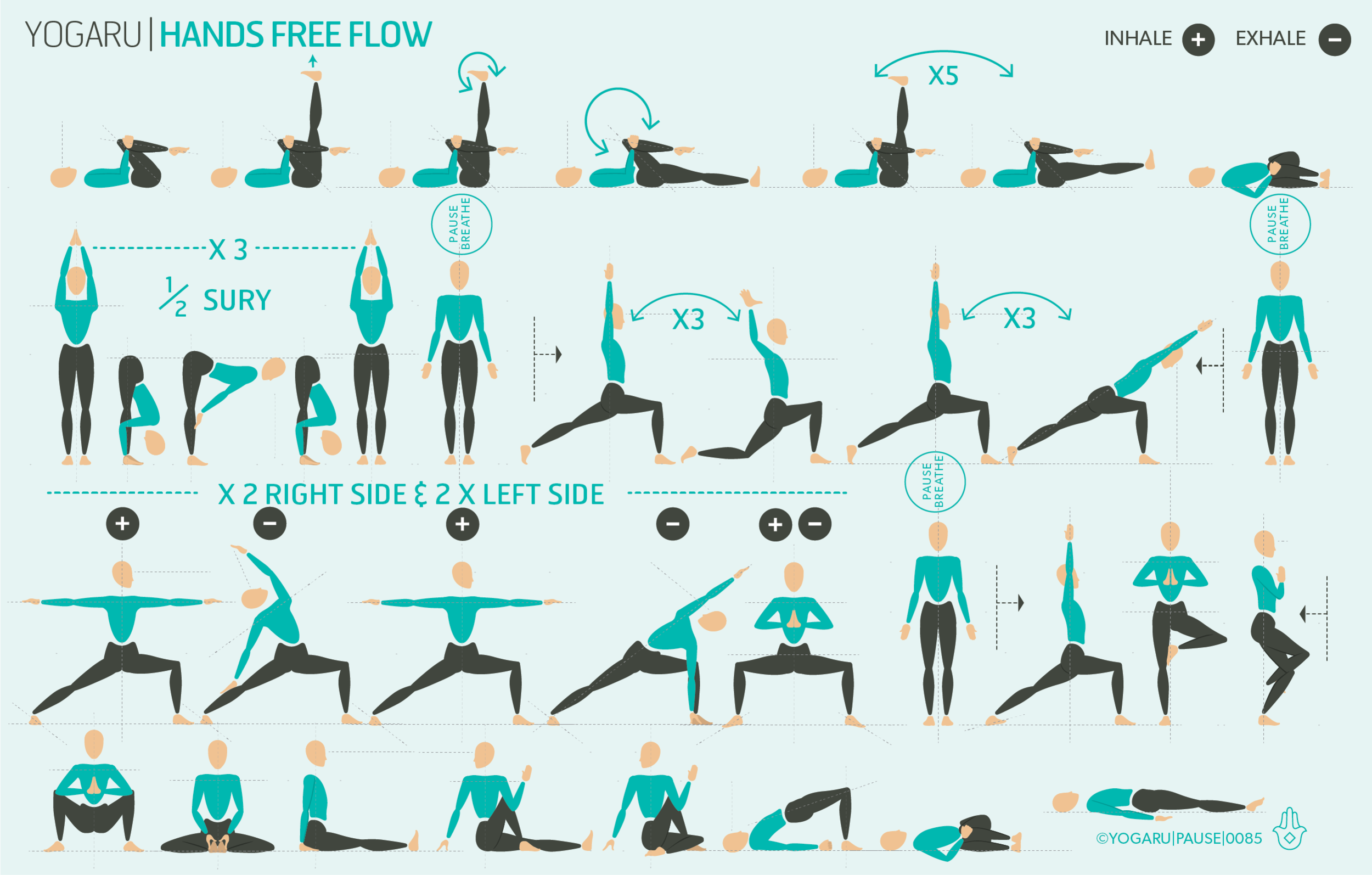MOVING MINDFULLY
How might you apply mindfulness to your practice today? The essence of mindfulness is bringing one’s attention to the present moment. Being present on your mat during your practice and moving mindfully will help you link to how you are moving, how you are breathing, and how the practice makes you feel. Slow gentle movement gives you the space to listen to what you need in this specific practice and avoid bypassing sensations and warning signs of pushing beyond your limits. Remember when you start to feel sensation, and not beyond it, is your version of the pose. As you move in this mindful way you become more aware of your breath and how you are breathing during different phases of your time on the mat.
SEARCH FOR FEEDBACK
Sometimes we forget what has brought us to our mats, and it becomes habitual as we detached from our practice. Connecting with the feedback your body gives you, with non attachment to perfection, will bring you back to the present moment in the physical body. Moving slowly is no mean feat! It builds stability in the joints as the surrounding muscles work hard to control the movement. It is much easier to quickly step forward from Adho Mukha Svanasana/Downward Dog to the top of your mat, than stepping forward as slow as possible and activating the stabilising muscle of your core and hips, and the strength of your legs to control the movement.
EXPLORING GENTLE MINDFULNESS IN YOUR PRACTICE
As you move gently with mindfulness, search for small change brought on through your practice not big changes and perfection – a gentle stretch, an opening, a quietning of the mind. Before you move from pose to pose consider how you are going to journey there – as slow and controlled as possible.
ALIGNMENT CUES
This one is about being kind to yourself and moving gently. Start your practice lying on your back, with your hands on your belly, and take a few rounds of Viloma breath. Viloma breath breaks the exhale into three and helps to naturally lengthen the breath without tension – inhale completely then exhale, pause, exhale, exhale pause the full breath. As you run through the sequence pause in each pose long enough to register how the pose makes you feel and ask yourself if you need to back off a little or go further to find an appropriate sensation. Pay particular attention to your breath. There are a few mini flows in the first two rows that will help you link breath with movement.
Spend plenty of time in the warm up phase of the sequence. Feel into the ball and socket hip joint as you move through some of the hip opening warm up poses in row one.
Find your most supportive version of Balasana/Child’s Pose either arms forward, arms back, forearms either side of the head or a bolser between the knees to support the chest and head.
In Ardha Uttanasana/Half Forward Fold reach your chest forward and peel your shoulders back. Feel a stretch in the chest and strength in the upper back.
When moving from Uttanasana/Forward Fold to Tadasana/Mountain press strongly into your feet to ground down as you rise up.
To save the images for personal use click and hold down the image until the ‘save image’ option appears; on Mac hold down ‘control’ and click the image to get the option box; on PC right click on the image to get the option box. Scroll down in the ‘option box’ and click ‘save image’.
Ruth Delahunty Yogaru




